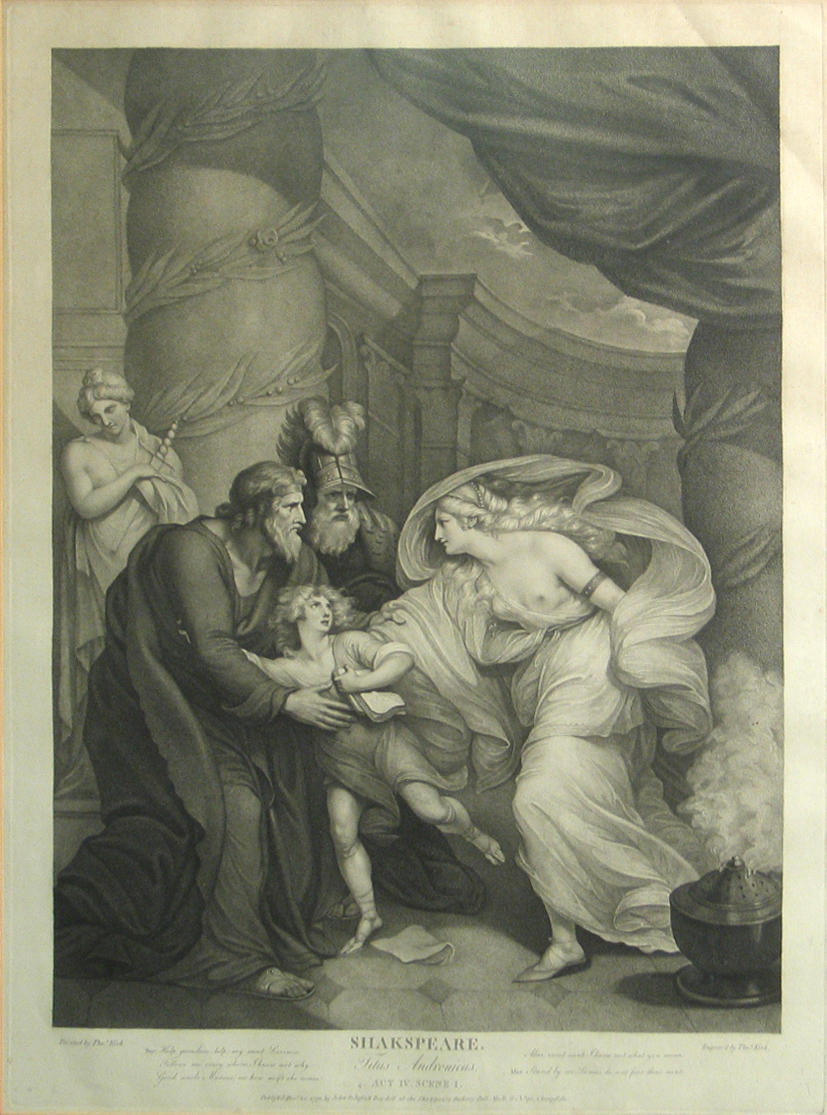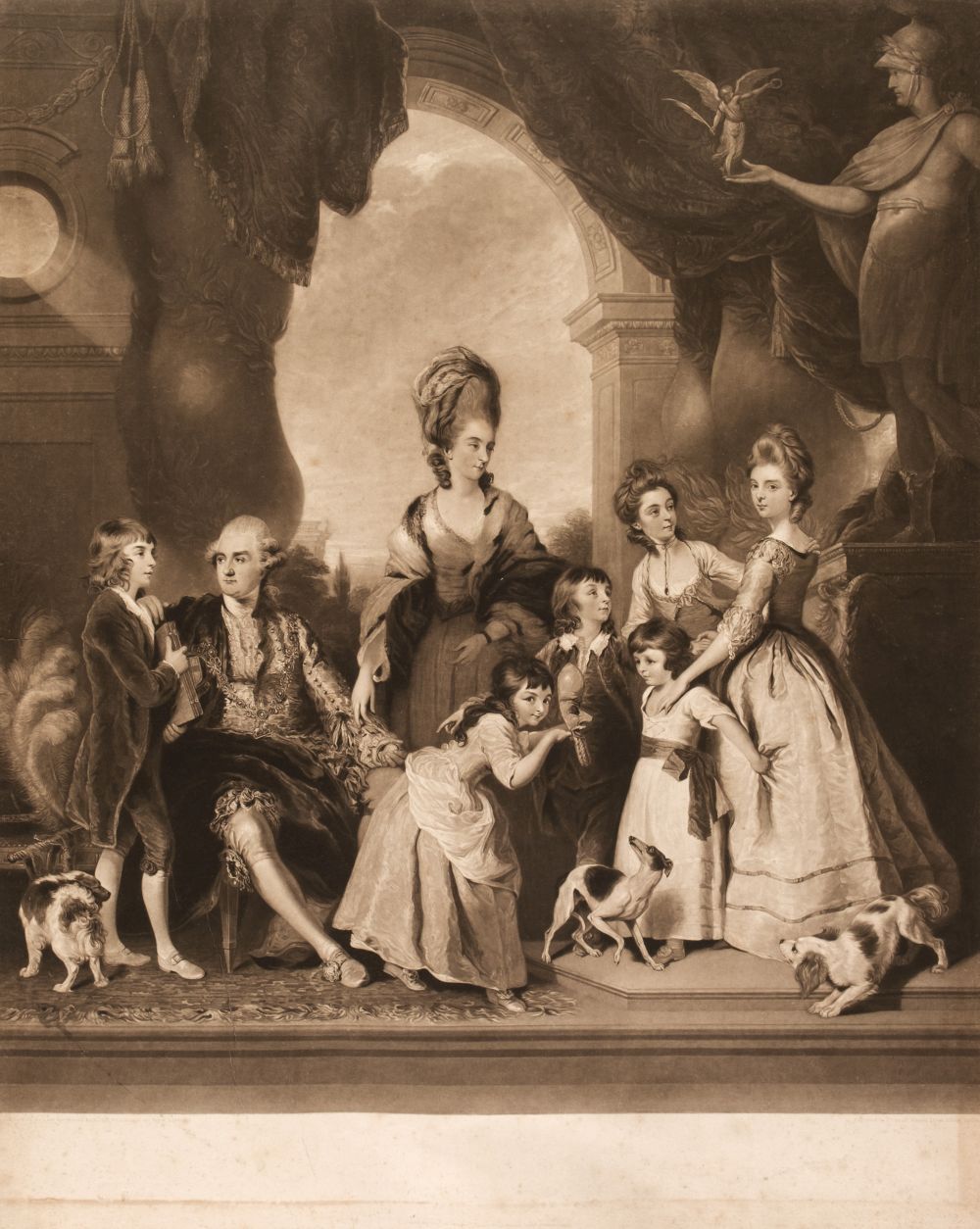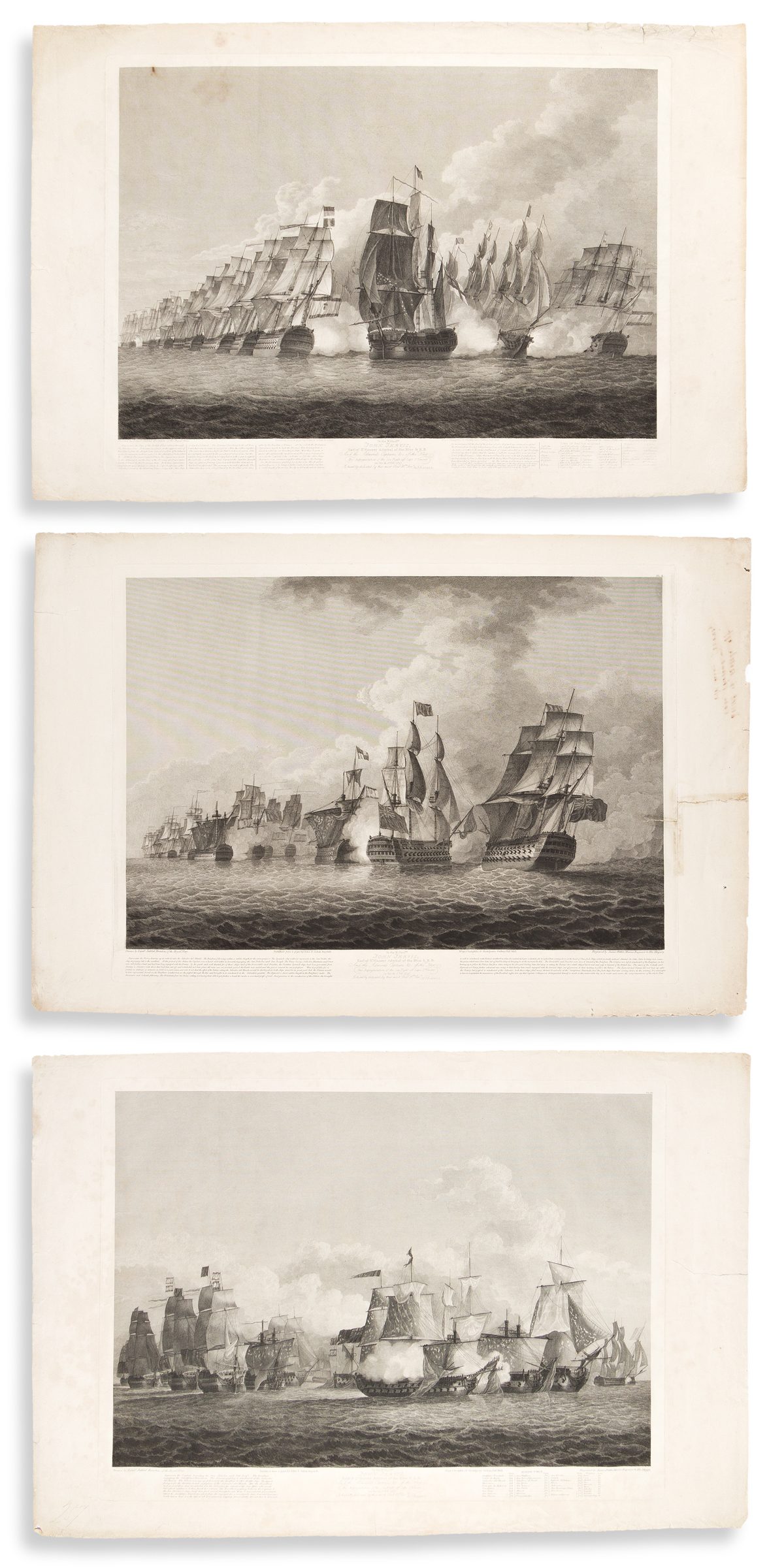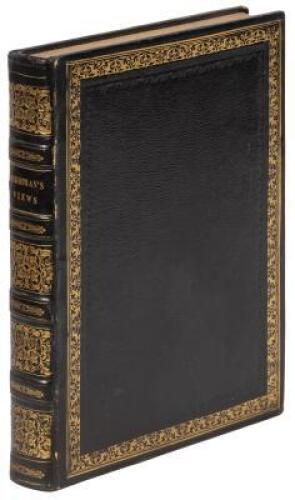Josiah Boydell (British 1752-1817) The Captive, from Sterne Charcoal, chalk and watercolour 35.5 x 46cm (13¾ x 18 in.)Provenance: The collection of the late Dinny Cory (1919-2012) (nee Dawn Davidson)Exhibited: London, Shakespeare Gallery, Drawings After the Most Capital Pictures in England, 1790 no. 31Literature: Benedict Nicholson, Joseph Wright of Derby : Painter of Light (London: Paul Mellon Foundation for British Art :Routledge & Kegan Paul Ltd.; New York : Pantheon Books, 1968), p. 241-242, no. 216The present lot is a rediscovered drawing, once exhibited by John Boydell at the Shakespeare Gallery on Pall Mall in 1790. The drawing is a precise and exquisite drawing after The Captive, from Sterne by Joseph Wright of Derby completed in 1774, held by the Vancouver Art Gallery in Canada, currently on long term loan to the National Gallery of Canada.Wright was born in Derby in 1734 into a family of lawyers but he chose to move to London in 1751 to pursue his career as a painter, studying for two years under Thomas Hudson Wright started his career focusing mainly on portraiture and landscape, experimenting with the effects of tenebrism in painting. Despite spending most of his career working in Derby, it is recorded that Wright took a trip to Italy setting off in 1773 with his wife Ann and fellow artists John Downman and Richard Hurleston.It is believed that by late summer 1774 the couple were in Rome. Whilst few canvases have survived from this period, it is believed that The Captive from Sterne is the only piece produced during his Rome visit. The subject of the work derives from Laurence Sterne's novel A Sentimental Journey, set in 1762 when Britain was at war with France and foreign travel risked imprisonment. The main character is a court jester named Yorick who imagines losing his passport, being held captive in the Bastille and eventually released because he is thought to be an important person.An engraving was made after the painting by Thomas Ryder in 1779, likely from this drawing by Josiah Boydell The engraving was published in 1786 by John and Josiah Boydell (and likely available to purchase from the Shakespeare Gallery exhibition in 1790.)John Boydell & The Shakespeare Gallery John Boydell (1720-1804), Josiah's uncle, was a publisher whose contributions to the print-making industry helped Britain become one of the leading players in engravings: his entrepreneurial approach to the traditional artist/patron relationship put the dealer at the forefront of business representing and promoting both artists and patrons. Boydell saw opportunity in producing prints of highly prized paintings by esteemed artists, that had won prizes, such as that at the Society of Art; subsequently the print market boomed, under his guidance, during the 1760s to 1790s. Some of Boydell's greatest success came from prints after paintings by Richard Wilson Joshua Reynolds and Joseph Wright of Derby.In 1770, Boydell rented large premises in Cheapside for his latest project producing prints based on paintings of Shakespearian subject matter, where he employed many engravers. Original paintings were exhibited in the gallery, with individual engravings and volumes of engravings together with text plates from the plays for sale. By 1789 he had to expand into a second gallery, the Shakespeare Gallery at 52 Pall Mall. However, financial pressures of the project started to prove too difficult to manage. This was caused by artists such as Joshua Reynolds demanding high prices. In 1786, Reynolds charged £500 for his painting of Macbeth and the Witches and when Joseph Wright's painting of Romeo and Juliet was rejected, Wright accused Boydell of favouritism and of prioritising artists such as Benjamin West Over others.'Has it not equal, nay much more work in it ? It is not as highly finished ? And has not the public spoke as well of it ? Then why should you attempt to make any difference in our prices?' To which Boydell responded 'Had I ever presum'd to
Josiah Boydell (British 1752-1817) The Captive, from Sterne Charcoal, chalk and watercolour 35.5 x 46cm (13¾ x 18 in.)Provenance: The collection of the late Dinny Cory (1919-2012) (nee Dawn Davidson)Exhibited: London, Shakespeare Gallery, Drawings After the Most Capital Pictures in England, 1790 no. 31Literature: Benedict Nicholson, Joseph Wright of Derby : Painter of Light (London: Paul Mellon Foundation for British Art :Routledge & Kegan Paul Ltd.; New York : Pantheon Books, 1968), p. 241-242, no. 216The present lot is a rediscovered drawing, once exhibited by John Boydell at the Shakespeare Gallery on Pall Mall in 1790. The drawing is a precise and exquisite drawing after The Captive, from Sterne by Joseph Wright of Derby completed in 1774, held by the Vancouver Art Gallery in Canada, currently on long term loan to the National Gallery of Canada.Wright was born in Derby in 1734 into a family of lawyers but he chose to move to London in 1751 to pursue his career as a painter, studying for two years under Thomas Hudson Wright started his career focusing mainly on portraiture and landscape, experimenting with the effects of tenebrism in painting. Despite spending most of his career working in Derby, it is recorded that Wright took a trip to Italy setting off in 1773 with his wife Ann and fellow artists John Downman and Richard Hurleston.It is believed that by late summer 1774 the couple were in Rome. Whilst few canvases have survived from this period, it is believed that The Captive from Sterne is the only piece produced during his Rome visit. The subject of the work derives from Laurence Sterne's novel A Sentimental Journey, set in 1762 when Britain was at war with France and foreign travel risked imprisonment. The main character is a court jester named Yorick who imagines losing his passport, being held captive in the Bastille and eventually released because he is thought to be an important person.An engraving was made after the painting by Thomas Ryder in 1779, likely from this drawing by Josiah Boydell The engraving was published in 1786 by John and Josiah Boydell (and likely available to purchase from the Shakespeare Gallery exhibition in 1790.)John Boydell & The Shakespeare Gallery John Boydell (1720-1804), Josiah's uncle, was a publisher whose contributions to the print-making industry helped Britain become one of the leading players in engravings: his entrepreneurial approach to the traditional artist/patron relationship put the dealer at the forefront of business representing and promoting both artists and patrons. Boydell saw opportunity in producing prints of highly prized paintings by esteemed artists, that had won prizes, such as that at the Society of Art; subsequently the print market boomed, under his guidance, during the 1760s to 1790s. Some of Boydell's greatest success came from prints after paintings by Richard Wilson Joshua Reynolds and Joseph Wright of Derby.In 1770, Boydell rented large premises in Cheapside for his latest project producing prints based on paintings of Shakespearian subject matter, where he employed many engravers. Original paintings were exhibited in the gallery, with individual engravings and volumes of engravings together with text plates from the plays for sale. By 1789 he had to expand into a second gallery, the Shakespeare Gallery at 52 Pall Mall. However, financial pressures of the project started to prove too difficult to manage. This was caused by artists such as Joshua Reynolds demanding high prices. In 1786, Reynolds charged £500 for his painting of Macbeth and the Witches and when Joseph Wright's painting of Romeo and Juliet was rejected, Wright accused Boydell of favouritism and of prioritising artists such as Benjamin West Over others.'Has it not equal, nay much more work in it ? It is not as highly finished ? And has not the public spoke as well of it ? Then why should you attempt to make any difference in our prices?' To which Boydell responded 'Had I ever presum'd to













Testen Sie LotSearch und seine Premium-Features 7 Tage - ohne Kosten!
Lassen Sie sich automatisch über neue Objekte in kommenden Auktionen benachrichtigen.
Suchauftrag anlegen